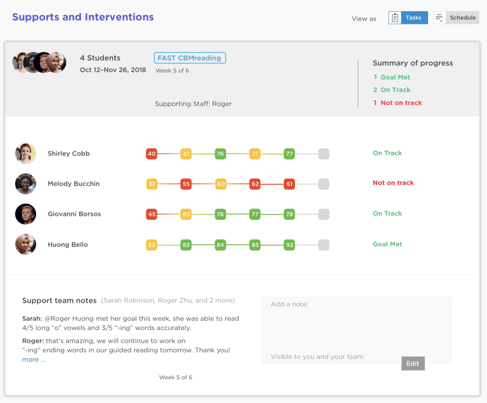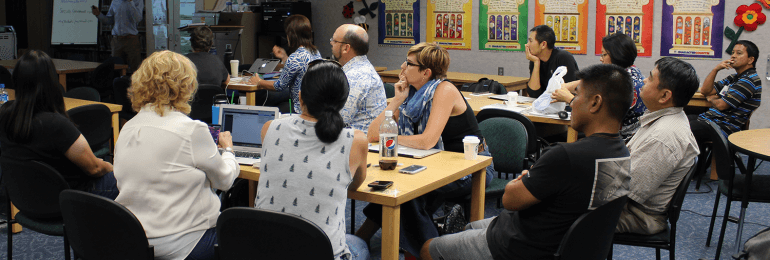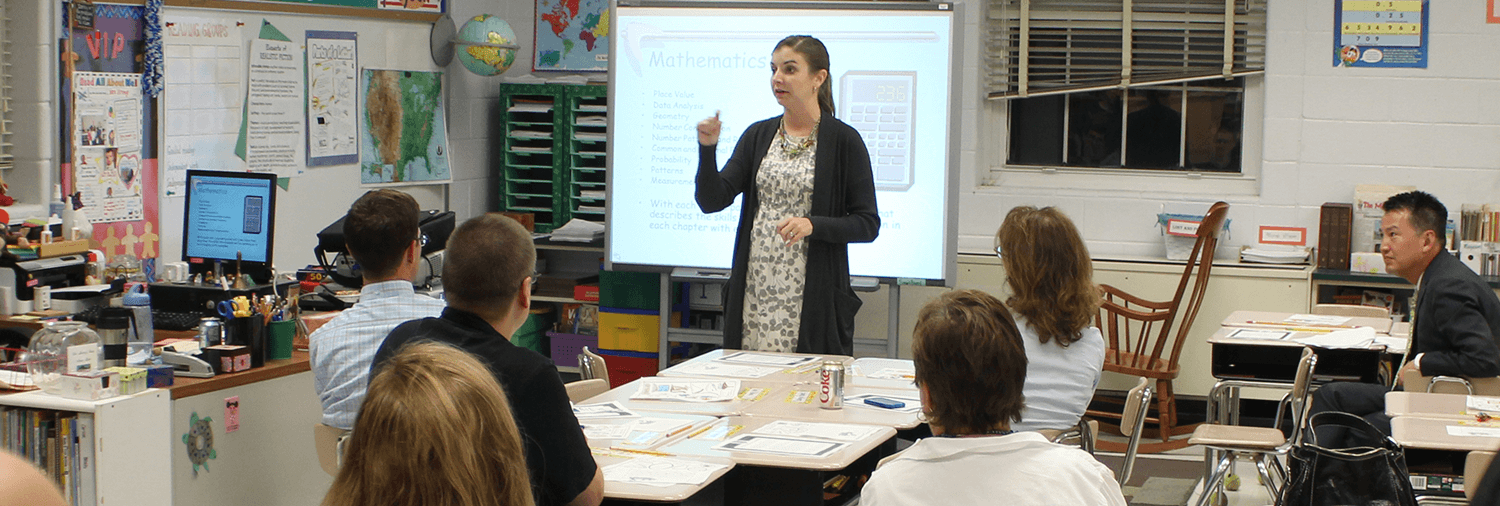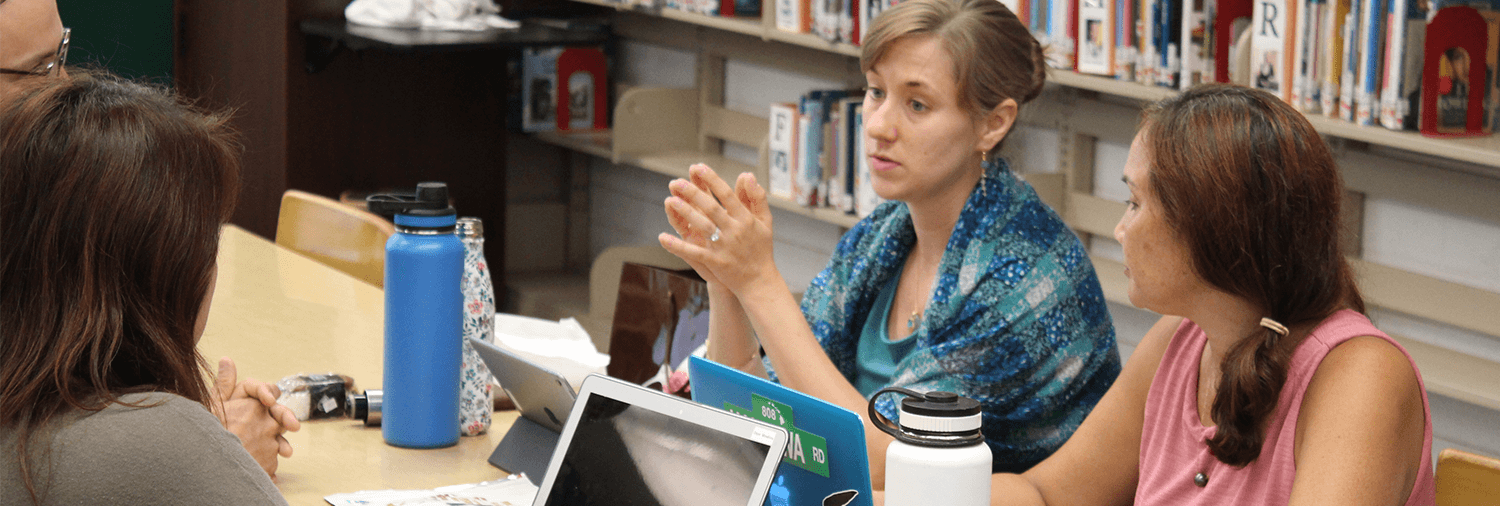As districts and schools seek to support every student through a Multi-Tiered System of Supports (MTSS), common challenges are emerging. Response to Intervention (RtI) and Positive Behavioral Interventions and Supports (PBIS) are both components of MTSS, but the MTSS framework is more comprehensive than the sum of its parts.
From coordinating school-wide practices, to setting up data systems, to providing an effective Tier 1 base of student support, the success of a MTSS depends on more than just a clear vision.
So, what are the five biggest challenges of MTSS—and how are school and district leaders working to address them?
Challenge #1: Coordinating practices and expectations.
Educators often refer to MTSS as "a culture" that should be deeply embedded in the school. However, actually bringing this idea to life can be difficult.
Here's how the leadership team at Penn Yan Elementary School has worked to build an MTSS culture:
- Have a clear MTSS plan for the building and stick to it. Penn Yan's written building plan outlines their tiered support systems, definitions, hopes and goals, and services and supports at each tier. "It's really important we have a go-to resource so that staff can understand the culture we've built," said Principal Edward Foote.
- Ensure that all staff know and understand the building's MTSS process. A consistent, standard process will help guard against inequalities or bias when decision making to support students. It's important to run through the same process for every student, even if you think you know the problem.
- Facilitate ongoing professional development around the basics of MTSS. Hold "MTSS 101" sessions multiple times a year to ensure that all staff members—new and seasoned staff alike—are on the same page with the MTSS process.
"Our ultimate goal for every student is independence. We need to ensure our system starts with low levels of support… and then adds support systematically as we go to ensure we're getting to that end goal of independence."
–Edward Foote, Principal, Penn Yan Elementary School
Challenge #2: Providing effective universal supports.
One of the bedrock assumptions of MTSS is that most of your students' needs should be met through universal supports. In other words, the MTSS pyramid is "healthy" when you have a large base at Tier 1; your system should aim to serve as many students as possible in Tier 1.
If, for example, you find that 50 percent of students are enrolled in Tier 2 and Tier 3 interventions, it's vital to build out your Tier 1 universal supports.
This could include strengthening differentiation in the curriculum, increasing the rigor of high-quality core instruction, and creating transparent expectations and systems for behavior, attendance, school climate, and life skills. MTSS practitioners should also conduct universal screening to proactively assess all students on a consistent basis.
Challenge #3: Tracking intervention trends across academics, behavior, and life skills.
How do you know if your interventions are working? Tracking the effectiveness of interventions across each tier requires a data system that enables you to measure, see, and respond to data across academics, attendance, behavior, and life skills. .
Panorama's Ryan Werb, who formerly served as the principal of a turnaround elementary school, shared his experience manually tracking interventions for a high-needs student population:
"I used to jokingly call myself a part-time principal, part-time Excel wizard. It was incredibly time and labor intensive for me to bring together varied data systems and track our trends to see where individual and school-wide interventions may be needed."
Fortunately, today there are tools available that can automate this process—putting all of your intervention data collection in one place so administrators, teachers, and staff can engage in progress monitoring and continuous improvement to understand what is and isn't working for student achievement.

Challenge #4: Responding to students' needs with targeted interventions.
One of the core ideas of MTSS is that every student needs something different. We need to provide for the needs of all students through personalized learning and differentiated instruction.
Kelly Tschudy-Lafean, principal of Forest Lake Area Community School, shared a few strategies that her team is using to do just that:
- Develop intervention menus with trusted, research-based strategies. Teachers and support staff such as special education and reading teachers need to be able to easily select interventions and match them to students' needs with fidelity. "Interventions need to be accessible and understood by staff," said Tschudy-Lafean.
- Embed "huddle" time into the weekly schedule. During the "huddles" at Forest Lake, staff teams review data, engage in problem solving, discuss appropriate interventions, and monitor student progress.
Download our guide to solving the 5 biggest challenges of MTSS.
Challenge #5: Unlocking the promise of data interoperability.
For Morris School District, achieving "data interoperability" means more than just aligning data systems. It means leveraging the entire school system—the technology, people, and processes—in support of the whole child.
Mackey Pendergrast, superintendent of Morris School District, thinks about data interoperability in terms of collective efficacy: "Trauma, equity, poverty... those are powerful forces that can seem like too much for one person to overcome. We want to make sure that our system can do all of that work and it's not on one single individual. As a group, we can overcome those obstacles."
"A teacher doesn't have to solve all the problems of an individual child. It's your system that needs to do it all and meet the personal needs of each student."
– Mackey Pendergrast, Superintendent, Morris School District
Pendergrast's approach to data interoperability includes a few core steps:
- Maintain clean data on students' mastery of standards. First, you need to monitor student progress with meaningful data. Morris uses a standards-based curriculum at Tier 1 and collects data to understand whether students are mastering those standards.
- Bring all of your data into one spot. Administrators, teachers, and staff should have access to the same data, in the same place. "We can create data systems that are so robust, they tell us exactly where a student is—academically and socially. They can guide us on how to support a student," said Pendergrast.
- Build habits around using the data. Is every educator in the building using the data to make decisions and inform practices? Set aside time for educators to discuss the data and engage in a problem-solving process, and offer regular professional development to help them respond to trends they're seeing.
- Broaden your view to other data sources, including social emotional learning. Ensure that your data system gives teachers and counselors a snapshot of the whole child. For example, Morris gathers life skills data and gives teachers and counselors strategies for working with this data to support individual students.
How to Easily Implement MTSS
Panorama Education makes it easy to incorporate MTSS in your district. We are familiar with the challenges and can help your district address them head on. Whether you need support structuring an MTSS framework, consulting on a roll-out plan, or professional development, our team will be your partner and guide. We support thousands of schools and districts with their MTSS through robust data platforms and feedback surveys. Get in touch with us to learn about Panorama's MTSS platform.







